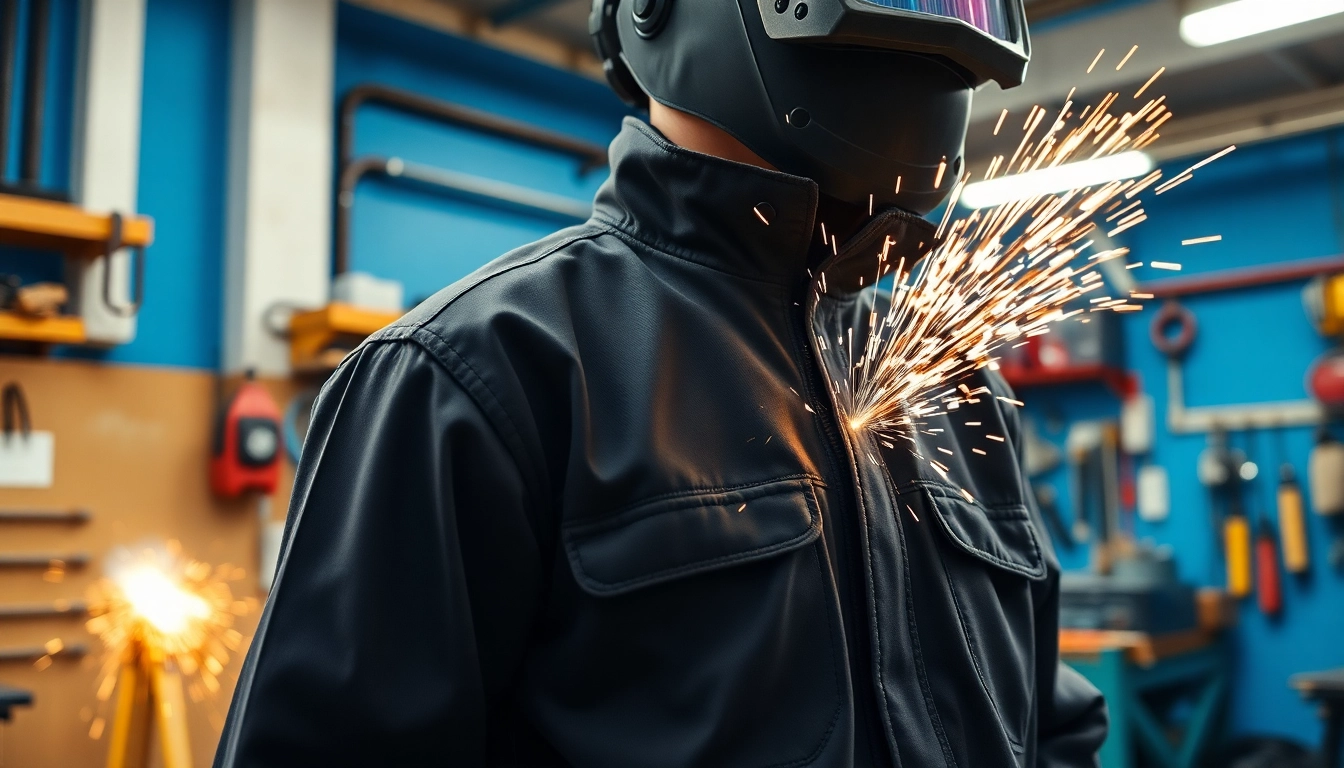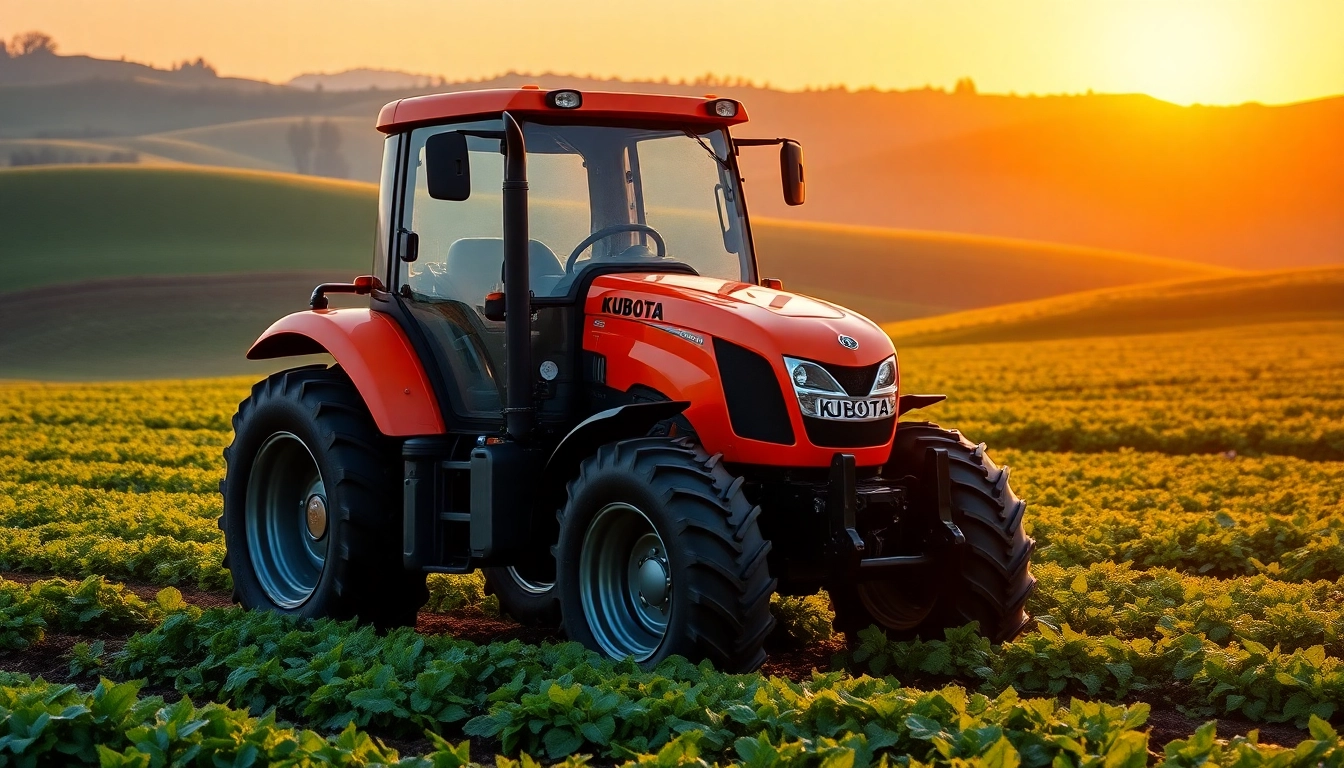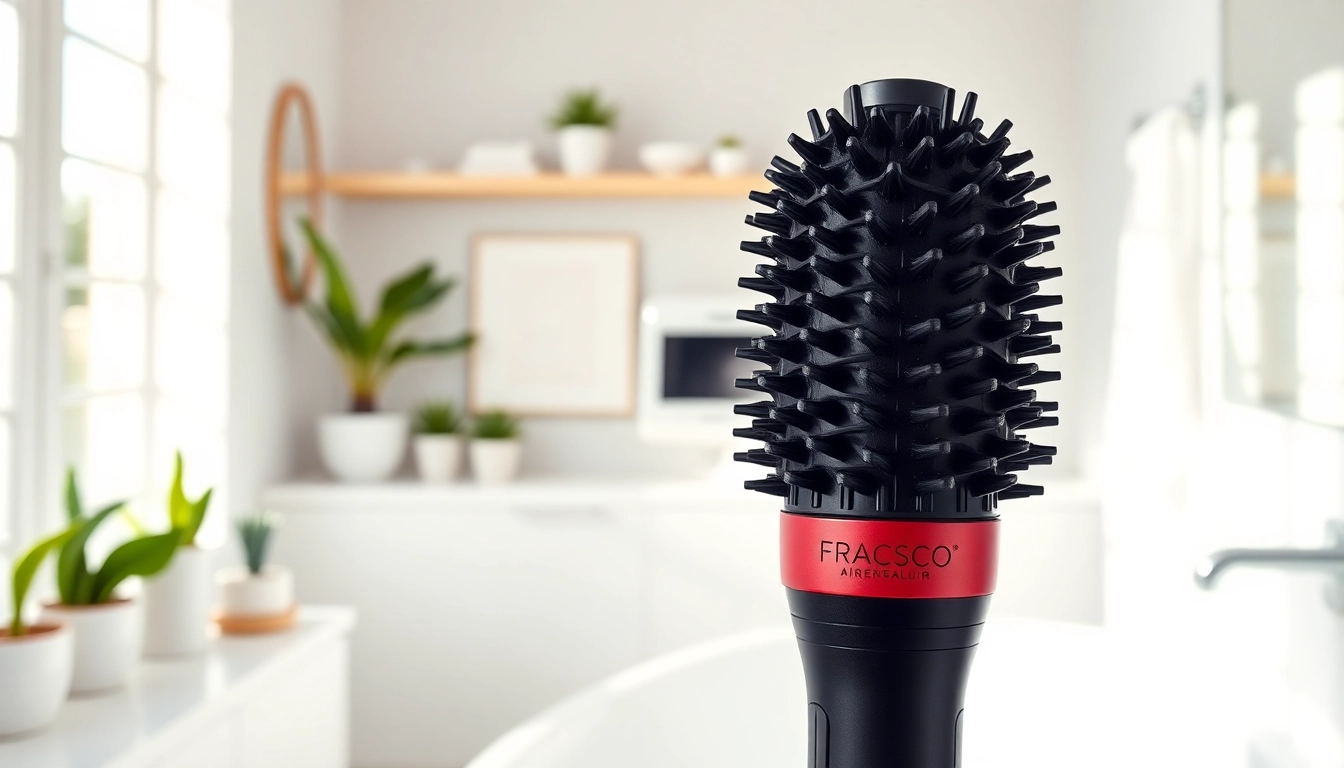
Understanding Welding Jackets
What is a Welding Jacket?
A welding jacket is a vital piece of personal protective equipment (PPE) designed specifically for those engaged in welding and related tasks. It serves as a protective barrier between the welder and the numerous hazards associated with the profession, including sparks, molten metal, spatter, and heat. Typically made from flame-resistant materials, a welding jacket is crucial for ensuring both safety and comfort in various welding environments.
Importance of Flame Resistance
The crucial function of a welding jacket is its flame resistance. When performing tasks that involve extreme heat and flying sparks, regular clothing can ignite easily, resulting in severe burns and injuries. Flame-resistant fabrics, often made from cotton treated with flame retardants or inherently flame-resistant materials such as Kevlar or leather, are imperative for protecting welders. These fabrics not only resist ignition but also self-extinguish, significantly reducing the risk of serious injuries. By investing in a quality welding jacket, welders can focus on their tasks with greater peace of mind, knowing they have a layer of protection against potentially life-threatening situations.
Types of Welding Jackets Available
There are various types of welding jackets available, each suited for different welding practices and conditions. Here are some common categories:
- Cotton Welding Jackets: Often treated with flame retardants, these jackets are lightweight and comfortable, making them suitable for mild welding environments.
- Leather Welding Jackets: Designed for heavy-duty welding, leather jackets offer excellent protection against sparks and molten metal, though they can be more expensive and heavier than cotton alternatives.
- Hybrid Jackets: These combine materials, often pairing flame-resistant cotton with leather accents or panels to optimize both comfort and protection.
Features to Look for in a Welding Jacket
Material and Durability
The material of a welding jacket plays a critical role in its effectiveness and longevity. High-quality materials like 100% cotton with flame retardant treatments are common, providing a balance between comfort, breathability, and safety. Leather, although heavier, offers excellent protection and durability in high-risk environments. When selecting a welding jacket, ensure that the materials are not only flame-resistant but also rugged enough to withstand the wear and tear of regular use.
Comfort and Fit
Comfort and fit are essential factors to consider when choosing a welding jacket. A well-fitted jacket allows for a full range of motion, which is crucial when handling machinery and equipment. Look for jackets that feature adjustable cuffs and waistbands for a tailored fit, and consider selecting jackets with breathable materials or vents to help regulate temperature during long hours of work.
Extra Features for Safety
In addition to material and fit, various extra features can enhance the safety and functionality of welding jackets. Options such as:
- Flame-Resistant Linings: Additional linings can provide extra protection against heat and flames.
- Reflective Strips: For visibility in lower light conditions, particularly in outdoor welding jobs.
- Pockets: Well-placed and reinforced pockets can store necessary tools and equipment without compromising safety.
- Reinforced Stitching: Enhances the durability of the seams, increasing the lifespan of the jacket.
Top Brands and Models of Welding Jackets
Overview of Popular Brands
When it comes to welding jackets, several brands are known for their quality, innovation, and dependability:
- Miller Electric: A leading brand in welding equipment, Miller offers a range of welding jackets that feature advanced flame-resistant materials and designs conducive to worker safety.
- Revco Black Stallion: Known for their durable and functional welding jackets, Revco focus on combining comfort with rigorous safety standards.
- Tillman: This brand offers a comprehensive line of welding apparel, ensuring that welders find jackets that meet their specific needs in various environments.
Comparing Price Ranges
The price of welding jackets varies widely based on the brand, materials used, and additional features. Generally, you can find jackets in the following ranges:
- Budget Range: $20 – $50, typically cotton jackets suitable for light welding.
- Mid-Range: $50 – $100, which may include hybrid jackets or enhanced features for better comfort and safety.
- High-End: $100 and above, often leather or specialized high-performance jackets designed for heavy-duty use.
User Testimonials and Ratings
User reviews often provide insightful perspectives on the performance and durability of welding jackets. Testimonials can range from comments about how the jacket held up under intense conditions to details on comfort during extended use. Researching products across platforms like Amazon or welding supply stores can help assess a jacket’s reputation among users. Customers typically emphasize the importance of fit and comfort, particularly for those who spend long hours welding.
Maintaining Your Welding Jacket
Care Instructions for Different Materials
Proper maintenance extends the lifespan of a welding jacket significantly. Here are care instructions for different materials:
- Cotton Jackets: Machine wash with cold water and mild detergent. Avoid bleach, and tumble dry on low heat.
- Leather Jackets: Spot clean with a damp cloth and air dry. Use a leather conditioner periodically to maintain suppleness.
- Hybrid Jackets: Follow the care instructions for the predominant material but err on the side of caution to prevent damage.
Common Wear and Tear Issues
Welding jackets are prone to common wear and tear, particularly at seams and cuffs due to the abrasive nature of welding environments. Regularly inspect your jacket for signs of damage such as frayed edges, holes, or compromised flame-resistant properties. Addressing these issues promptly can prevent further damage and ensure continued protection.
When to Replace Your Welding Jacket
Recognizing when it’s time to replace your welding jacket is crucial for maintaining safety. Key indicators include visible wear and tear, a decrease in flame resistance, or an ill fit after several washes. If your jacket shows significant signs of aging, it’s wise to invest in a new one, prioritizing safety above all.
Conclusion: Investing in Quality Safety Gear
Long-term Benefits of Quality Welding Jackets
Investing in a high-quality welding jacket is not just a safety precaution but also a long-term investment in your health and efficiency as a welder. Quality welding jackets not only protect against physical hazards but also contribute to overall comfort, allowing welders to perform their tasks more efficiently. The financial impact of medical bills and downtime from injuries caused by inadequate PPE can far outweigh the initial cost of a quality jacket.
Final Recommendations for Choosing a Welding Jacket
When selecting a welding jacket, consider your specific welding tasks, budget, and personal preferences. Look for jackets that offer a good balance of safety features, comfort, and durability. It may also be beneficial to try multiple jackets to find the best fit for your body type and working conditions.
Staying Safe on the Job Site
Ultimately, staying safe on the job site is paramount. A reliable welding jacket is an essential part of your welding arsenal. Alongside proper training and adherence to safety protocols, wearing a high-quality welding jacket will significantly reduce the risk of accidents and injuries. Make the wise choice today to safeguard your health and enhance your performance as a welder.







